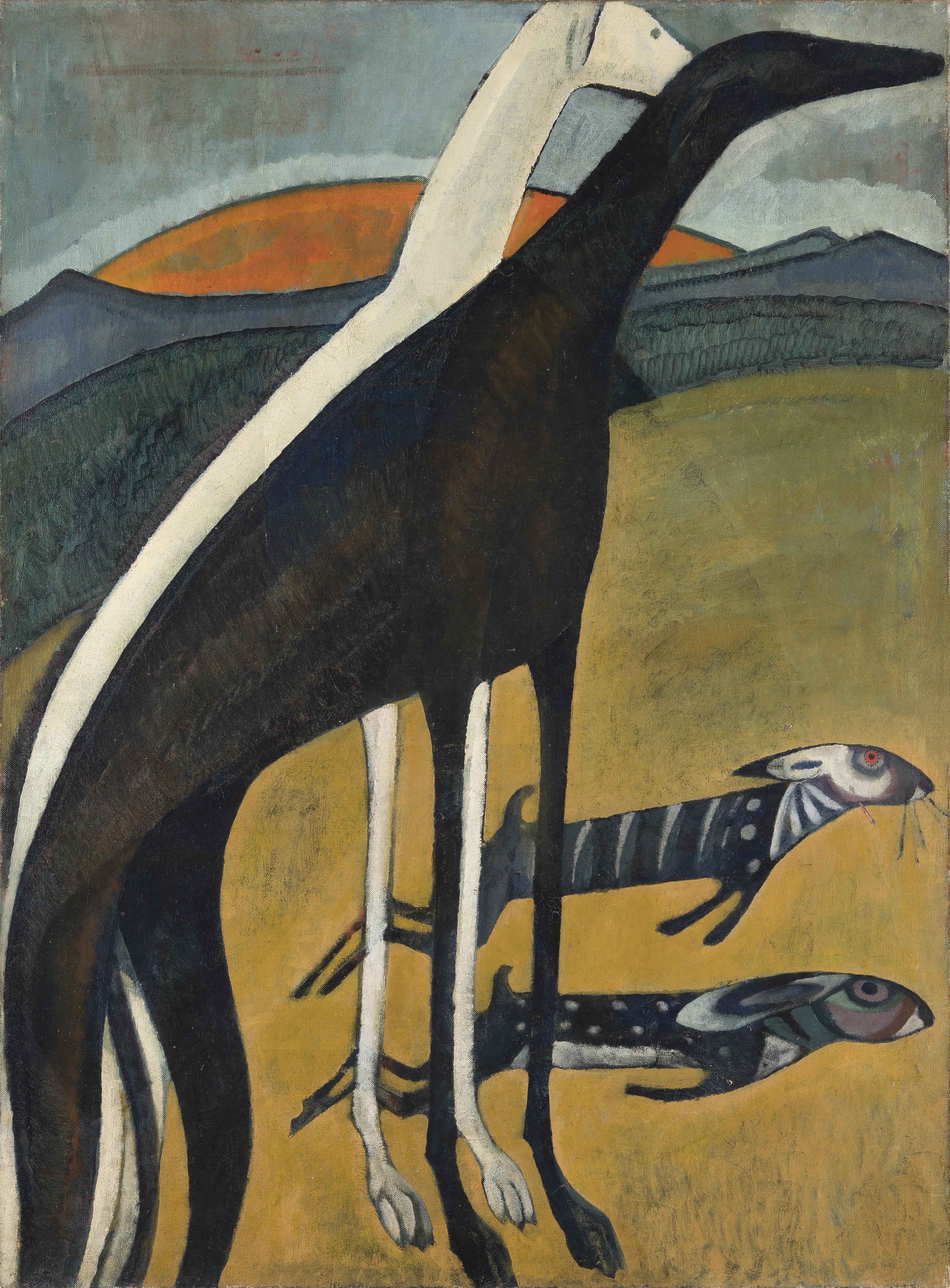Gallery

Object details
- Author(s)
- Amadeo de Souza-Cardoso (Manhufe, Portugal, 1887 – Espinho, Portugal, 1918)
- Title
- Lévriers / Os Galgos
- Date
- c. 1911 (attributed date)
- Materials and media
- Canvas; Oil
- Technique
- Oil on canvas
- Dimensions
- Height 100,00 cm; Width 73,00 cm
- Inventory no.
- 77P1
Incorporation
- Type
- Purchased
- Provenance
- Lucie de Souza Cardoso
- Date
- 31 Aug 1977